Lewis Latimer
Lewis Latimer is considered one of the ten most important Black inventors of all time, not only for the sheer number of inventions produced and patents secured but also for the degree of importance for his most famous discovery.
Latimer was born on September 4, 1848 in Chelsea, Massachusetts. His mother and father were Rebecca and George Latimer, both runaway slaves. On October 1842, George and Rebecca, who was pregnant at the time, ran away from their owner James Gray. The pair hid beneath the deck of a northbound ship that took them to Baltimore, Maryland and then traveled to Philadelphia, Pennsylvania and finally to Boston, Massachusetts. When James Gray found they were missing he offered a reward of $25.00 if Latimer was captured in Virginia and $50 plus expenses if he was captured outside Virginia. When George and Rebecca arrived in Boston, George was recognized by a a former employee of James Gray, who contacted Gray. A few weeks later, George was arrested, charged with larceny. Latimer was brought before Justice Joseph Story who ordered that he be held.
Members and friends of the Black community attempted a rescue attempt but that failed as did an attempt at filing a writ of replevin with a Massachusetts court. In reaction to Latimer’s detention, the Massachusetts legislature passed the 1843 Personal Liberty Act, also known as the “Latimer Law,” which prevented Massachusetts officials from assisting in the detention of suspected fugitive slaves and banned the use of state facilities to detain such suspects. In the meantime, abolitionists purchased George’s freedom from Gray for $400.00. As a free man George worked as a paperhanger in Lynn, Massachusetts, but continued to work with abolitionist causes.
Lewis served in the United States Navy for the Union during the Civil War, assigned to the U.S.S. Massasoit gunboat and received an honorable discharge on July 3, 1865. After his discharge he searched for work throughout Boston and eventually obtained a position as an office boy with a patent law firm, Crosby and Gould, earning $3.00 each week. Lewis taught himself mechanical drawing, skillfully using the tools of the trade, such as T squares, triangles, compasses, and rulers, and he was able to master the art of drawing to scale. After noticing Latimer’s ability to draw patent sketches, he was subsequently promoted to the role of head draftsman earning $20.00 a week. In addition to his newly found success, Latimer discovered additional enjoyment when he wedded Mary Wilson in November of 1873.
In 1874, along with W.C. Brown, Latimer co-invented an improvement of a train water closet (a bathroom compartment for trains). Two years later, Latimer would play a part in one of the world’s most important inventions.
In 1876, Latimer was sought out as a draftsman by an instructor for hard of hearing children. The teacher had created a device and needed Lewis to draft the drawings necessary for a patent application. The instructor was Alexander Graham Bell and the product was the telephone. Working late into the evening, Latimer labored hard to complete the patent application, which was submitted on February 14, 1876, just hours prior to another application being handed in by Elisha Gray for a similar device.
In 1880, after relocating to Bridgeport, Connecticut, Latimer was employed as the assistant manager and draftsman for U.S. Electric Lighting Company owned by Hiram Maxim. Maxim was the chief competitor to Thomas Edison, the man who invented the electric light bulb. Edison’s light had been composed of a glass bulb which surrounded a carbon wire filament, typically made of bamboo, paper or thread. When the filament was burned inside of the light bulb (which contained almost no air), it grew to be so hot that it literally glowed.
[the_ad id=”1437″]
Therefore, by passing electricity into the light bulb, Edison had been able to cause the glowing bright light to emanate within a room. Before this, the majority of lighting was provided either through candle lights or through gas lamps or even kerosene lanterns. Maxim drastically desired to improve on Edison’s light bulb and focused on the main weakness of Edison’s bulb – their brief life span (typically only a few days). Latimer set to make a longer lasting light bulb.
Latimer developed a way of encasing the filament within a cardboard envelope which prevented the carbon from breaking up and therefore provided a much longer life to the light bulb. This made the light bulbs less expensive and more efficient. This also made it possible for electric lighting to be installed within homes and all through the streets.
Latimer’s capabilities in electric lighting became well known and soon he was sought after to continue to improve on incandescent lighting as well as arc lighting. Eventually, as more key cities began wiring their roadways for electric lighting, Latimer was sent to lead the planning team. He helped to install the first electric plants in Philadelphia, New York City and Montreal and oversaw the installation of lighting in railroad stations, government buildings and major thoroughfares in Canada, New England and London.
In 1890, Latimer, having been employed by Thomas Edison, began working in the legal department of Edison Electric Light Company, serving as the chief draftsman and patent specialist. In this capacity he drafted sketches and documents related to Edison patents, looked over plants in search of infringers of Edison’s patents, carried out patent searches and testified in court proceedings on Edison’s behalf. Later on, he authored the worlds most comprehensive book on electric lighting, “Incandescent Electric Lighting: A Practical Description of the Edison System.” Lewis was designated as one of the charter members of the “Edison Pioneers,” a distinguished group of people considered responsible for developing the electrical industry. The Edison Electric Light Company would ultimately develop into what is now known as the General Electric Company.
Latimer continued to display his innovative abilities over subsequent years. In 1894 he created a safety elevator, a vast improvement on existing elevators. He next obtained a patent for a “Locking Racks for Hats, Coats, and Umbrellas.” The device was used in restaurants, resorts and office buildings, keeping items safely and securely and permitting owners of items to keep them from becoming misplaced or unintentionally taken by other people. He next created an enhanced version of a Book Supporter, used to have books neatly arranged on book shelves.
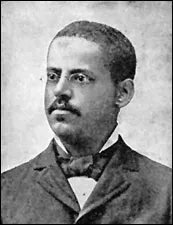 Latimer next developed a method of making rooms more hygienic and climate controlled. He named his system an “Apparatus for Cooling and Disinfecting.” The device did wonders in hospitals, preventing airborne dirt and dust particles from circulating inside of patient rooms and public areas.
Latimer next developed a method of making rooms more hygienic and climate controlled. He named his system an “Apparatus for Cooling and Disinfecting.” The device did wonders in hospitals, preventing airborne dirt and dust particles from circulating inside of patient rooms and public areas.
Throughout the rest of his life, Latimer continued to try to develop ways of enhancing everyday living for the public, ultimately working on initiatives to improve the civil rights of Black citizens within the United States. He also painted portraits and wrote poetry and music for friends and family. Lewis Latimer died on December 11, 1928 and left behind a legacy of accomplishment and leadership for which much of the world owes a debt of gratitude.
Links:
Lewis Latimer – Black Inventor Online Museum: http://www.blackinventor.com/pages/lewis-latimer.html
Lewis Latimer (Wikipedia): http://en.wikipedia.org/wiki/Lewis_Howard_Latimer
Lewis Latimer – Smithsonian Institute: http://invention.smithsonian.org/centerpieces/ilives/latimer/latimer.html
Lewis Latimer – about.com: http://inventors.about.com/od/lstartinventors/a/Lewis_Latimer.htm
Search for more info about Lewis Latimer

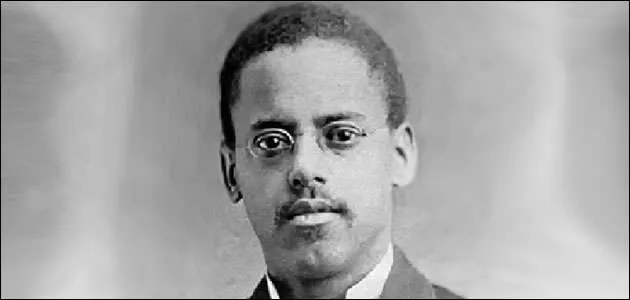
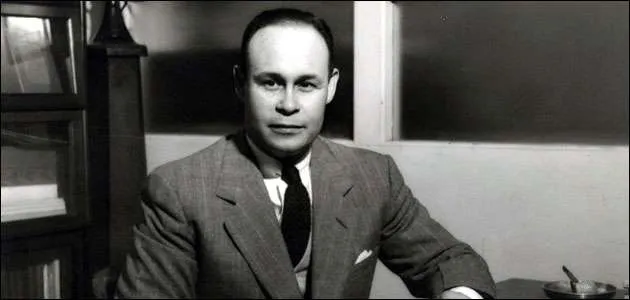
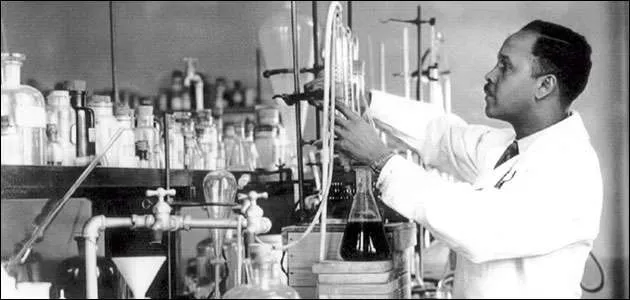
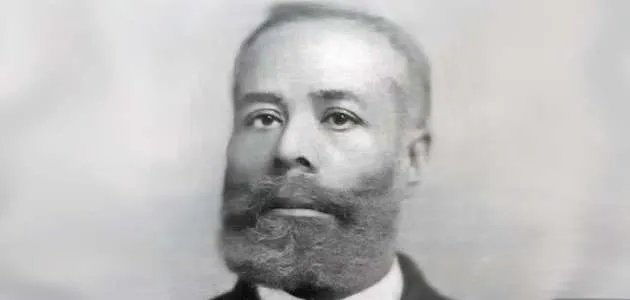
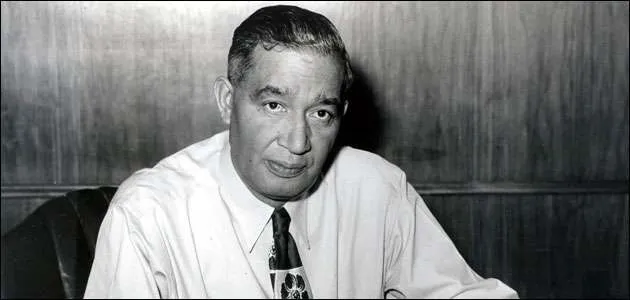
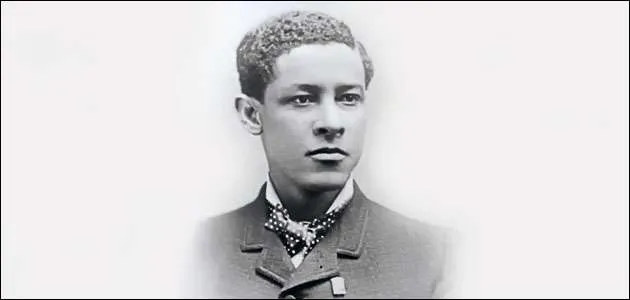

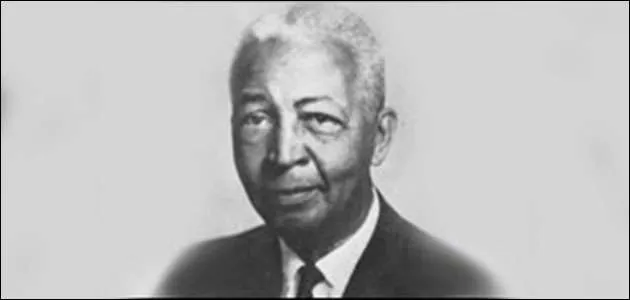
 Like Us on Facebook
Like Us on Facebook Tweet Us on Twitter
Tweet Us on Twitter Watch Us on YouTube
Watch Us on YouTube Pin Us on Pinterest
Pin Us on Pinterest Link to Us on LinkedIn
Link to Us on LinkedIn Adscape International, LLC
Adscape International, LLC PO Box 173 Brandywine, MD 20613
PO Box 173 Brandywine, MD 20613 240-244-9660
240-244-9660

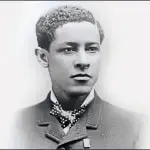
Leave a Reply
Want to join the discussion?Feel free to contribute!